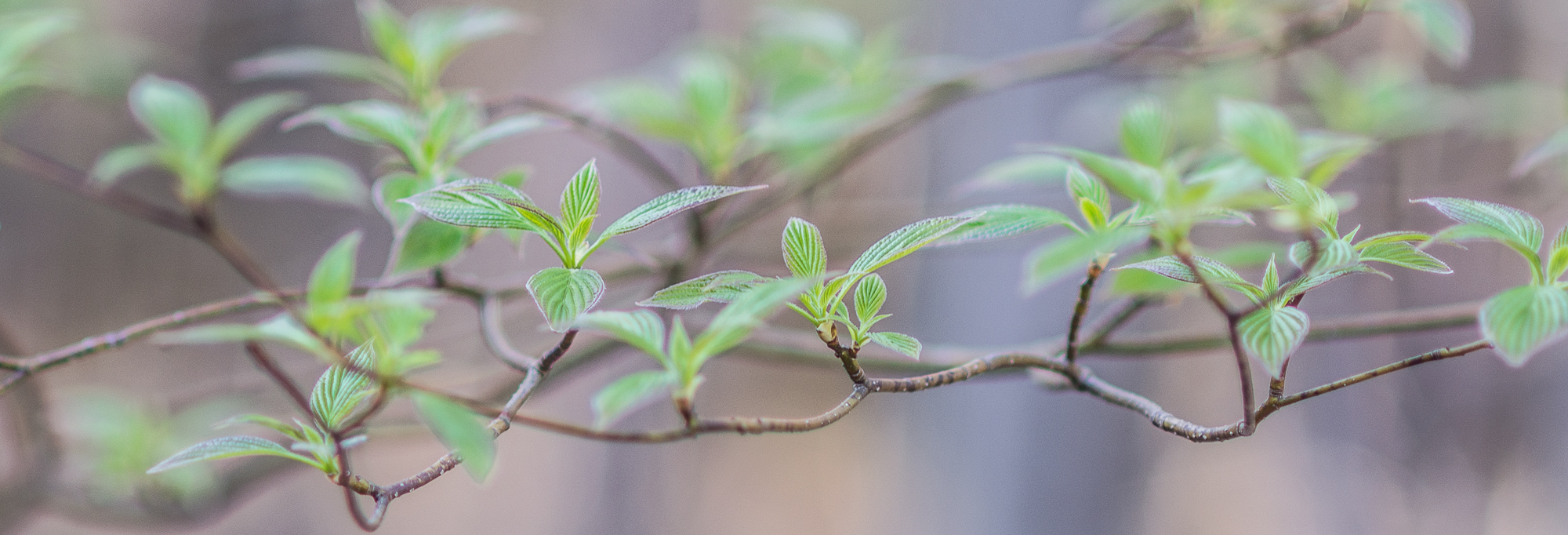On Monday nights I teach an introductory karate class to young children. I show them moves that are difficult and encourage them to try their best. One thing I have discovered is that when I validate that what they are trying to do is hard, they never get discouraged and give up. Instead, they immediately become more engaged and enthusiastic. Once they realize that the challenge is in the move, and not a problem with themselves, they are free to try and fail and try again.
When I started growing native plants from seed I discovered that some of them didn’t germinate. I thought milkweed would be easy. Only later did I find out that it can be tricky. Perhaps my take home message from the milkweed could have been that I was a terrible gardener, and not that growing milkweed was hard. Instead I regrouped and tried again.
I am here to tell you that growing native plants from seed can be hard. Please do not become discouraged when your seeds don’t germinate. The challenge is in the seeds, not in your abilities as a gardener. If they don’t germinate the first time, try something different. Be patient, some species take a very, very long time. The trick is to be free to try and fail, and try again.
Timing is everything
Figuring out when to sow native plant seeds can be challenging. If you sow too early the seedlings will outgrow their containers and become root bound. If you sow too late the tiny seedlings will not survive the heat and drought of July when planted outside. Each species also has a different growth pattern to consider. Large-seeded species like legumes will grow into sturdy seedlings very quickly. But species with very small seeds can take a while to establish.
Timing also depends on how you are growing your native plant seeds. Did you winter sow them? Do you have indoor grow lights? Are you sowing your seeds directly in the soil? The same species would be sown at different times for each method.
The good news is that there are surprises and discoveries to be made when growing native plants. Experiment and try something new! Take your cues from nature, observe carefully and get to know your species in a whole new way. And if it didn’t work this time, try again using a different method.
In this post I will not be looking at spring ephemeral species like Trillium (Trillium sp.) or Bloodroot (Sanguinaria canadensis). Their seeds cannot dry out and they need completely different planting schedules and seed treatments. I will have a separate post for them in the future.
I am in the Mixedwood Plains region of Ontario, the area roughly between Toronto and Ottawa. My dates for when to sow the following species are based on my ecoregion. If you are north or south of this area you should adjust accordingly.
I am also planting these plants in the ground as plugs, which are much smaller than what you would typically find in a 4″ pot in a nursery in late May.
March Native Plant Growing Guide for Southern Ontario
Sowing Yarrow (Achillea millefolium)
Sowing (under lights): beginning of March
Planting outside: early May
Many sources say that Yarrow seeds do not need any pretreatments, but I had very low germination when I planted them. I tried again and found that Yarrow germinates well with either 30 days of cold, moist stratification or exposure to light.
This year I will use my grow lights to germinate them. I will sow the seeds on the surface of the soil and place the flats under lights.
I have observed Yarrow growing new leaves outside in April, so I plan to plant the seedlings in the ground in early May, as soon as the soil is not frozen. If I work backwards for eight weeks I can sow my seeds at the beginning of March.
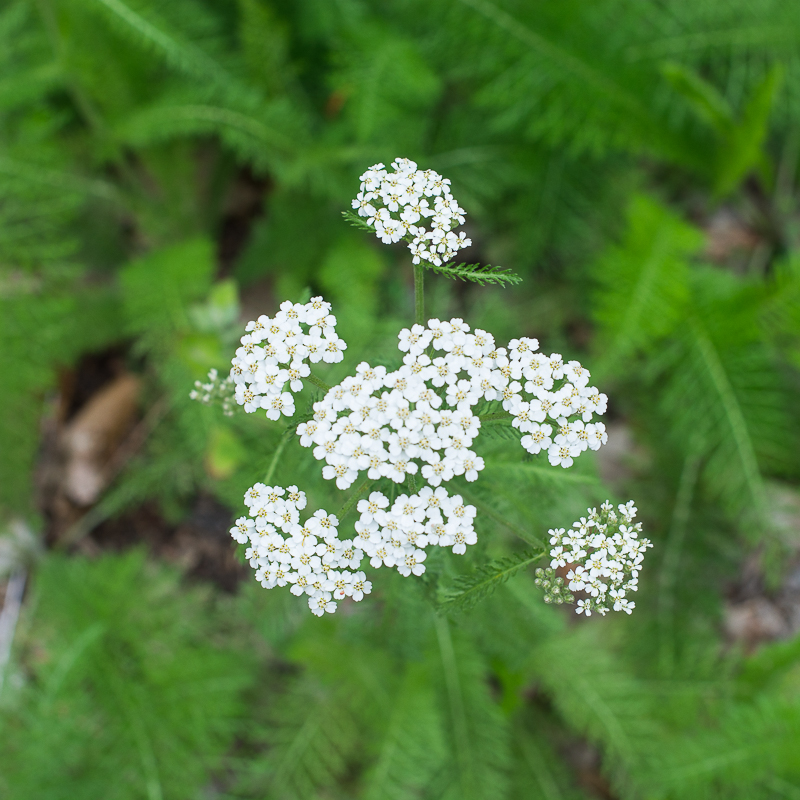
Sowing Sedges (Carex sp.)
Sowing (after 60 days cold, moist stratification): beginning of March
Planting outside: early May
The sedges are another hardy group of plants that can go in the ground quite early, no need to wait until the last frost. I can plant them outside in early May as well, once the ground thaws.
Sedge seeds need at least 60 days of cold, moist stratification. At the beginning of January I put my seeds in the fridge, so I will take them out and sow them indoors at the beginning of March.
I have also tried winter sowing for the first time this year, and sedges are an ideal choice for this treatment. It will be fun to compare the timing of both methods and see which one I prefer.
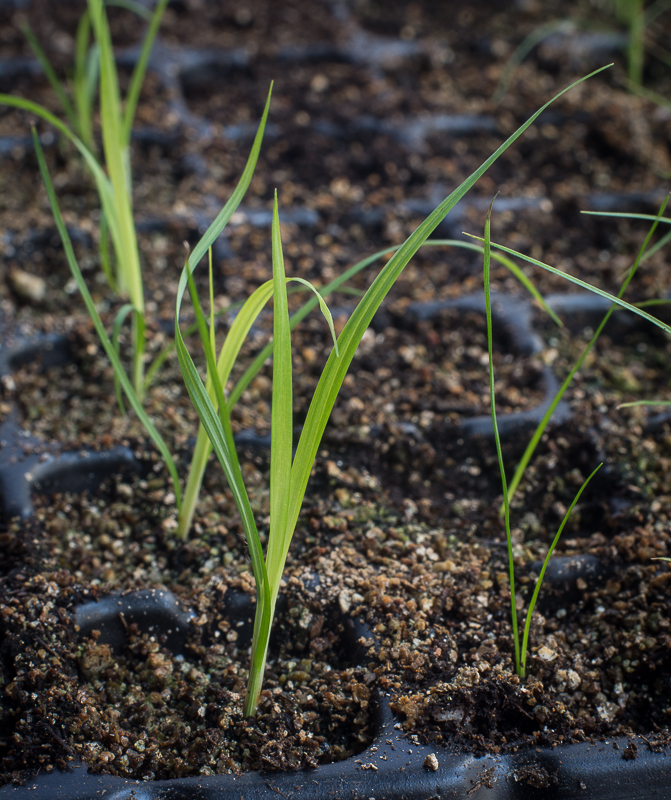
Sowing Blue Vervain (Verbena hastata)
Sowing (after 90 days cold, moist stratification): end of March
Planting outside: mid-May
Blue Vervain is a mid-summer flowering plant, so I will wait a little longer to plant it outside.
Also, the seeds need 90 days of cold, moist stratification. Since I started my stratification at the beginning of January, I will wait until the end of March to take them out of the fridge and sow them. Hopefully they will be big enough to plant outside by mid-May.
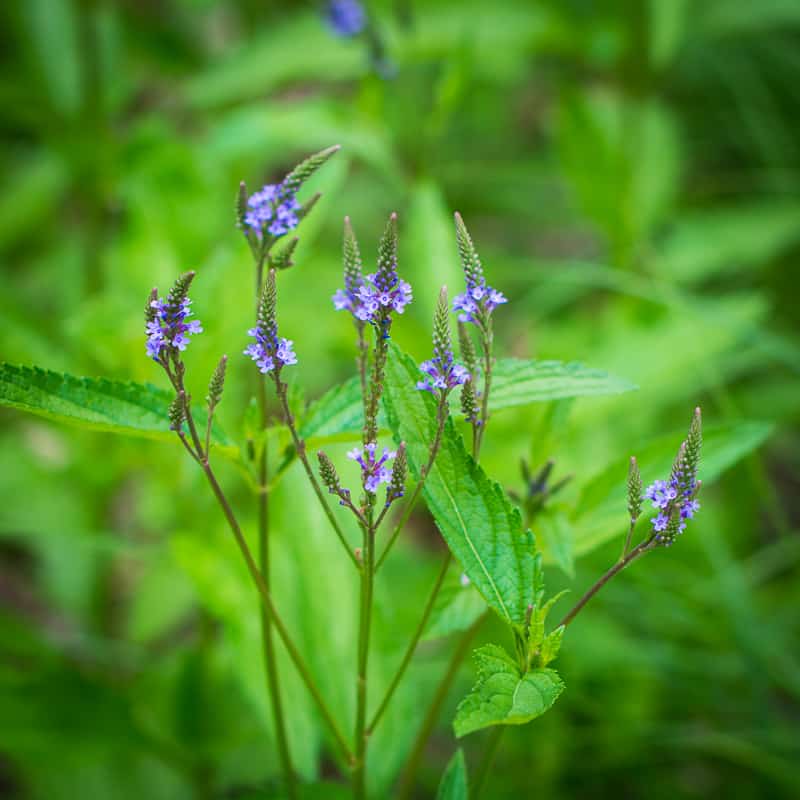
Sowing Asters (Symphyotrichum sp.) and Goldenrods (Solidago sp.)
Sowing (under lights): end of March
Planting outside: late May
The asters and goldenrods are fall flowering plants. They don’t grow much until the heat of the summer begins. Those species that grow in the sun like New England aster, Purple-stemmed aster and White panicled aster will flower in their first season. However, those that grow in the shade won’t flower until the second summer after germination.
I have found that they germinate well if they are surface sown under lights, no cold, moist stratification required. I will start these seeds at the end of March and plant them outside at the end of May.
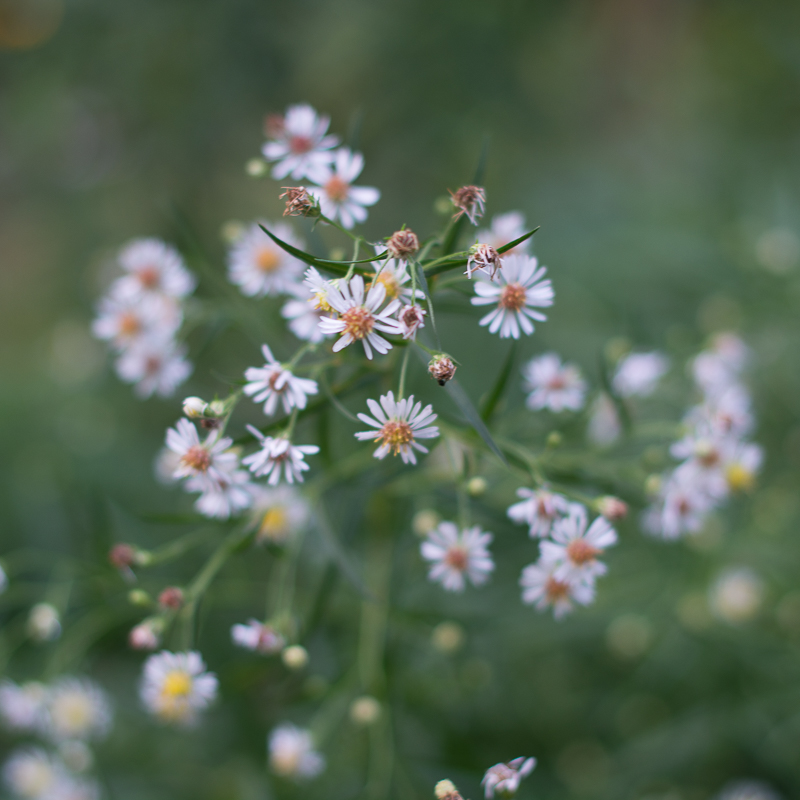
Sowing grasses
Sowing (under lights): end of March
Planting outside: June
Many native grass species are C4 plants, which helps them to photosynthesize in hot, dry environments. Like the goldenrods and asters, they start to grow in July and August.
The grasses also germinate well if they are surface sown under lights. I will start them under lights at the end of March. They are slow growing at the beginning, so I will plant them outside in June.
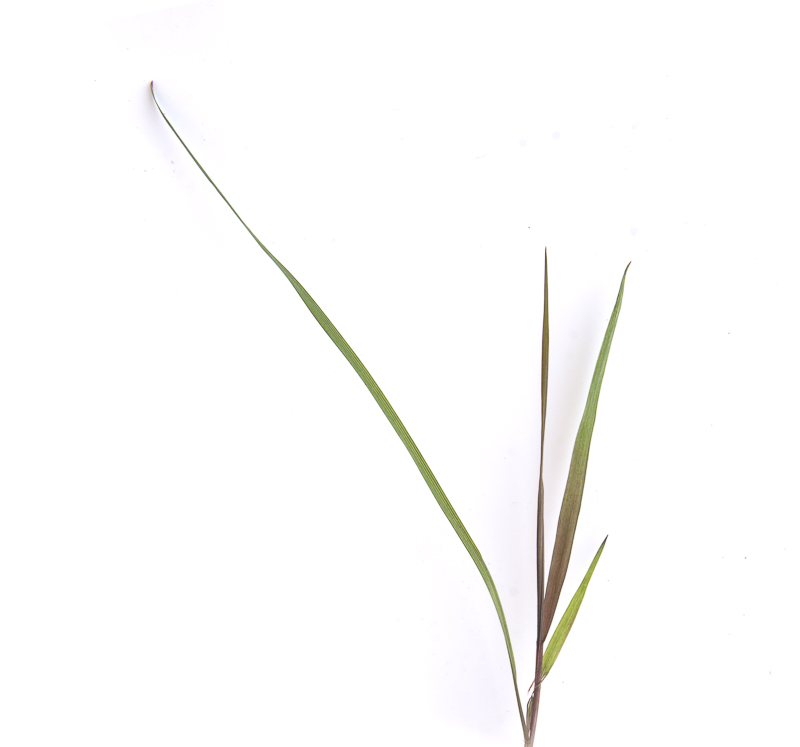
But I didn’t stratify my seeds! Now what?
Here is a wonderful trick I figured out last year. Since most native plants are perennials you can plant your native plant seedlings in the spring and the fall. There are two planting seasons!
Let’s say that you want to grow Blue Vervain but it is March and you have discovered it needs 90 days of cold moist stratification and you haven’t started. Take your Blue Vervain seeds and start cold moist stratification immediately. If it is mid-March, then 90 days will be complete in mid-June. You can sow your seeds and grow them indoors for the summer, or keep the pots well-watered in a shady location for the summer. Then in September, plant your seedlings in the ground, they’ll have a few months to establish a root system and be ready for overwintering.
I hope this month’s Native Plant Growing Guide has been useful. If you are growing a native plant species that I haven’t mentioned, check out Wild Plants from Seed. They have growing instructions for most native plant species that you will encounter.

